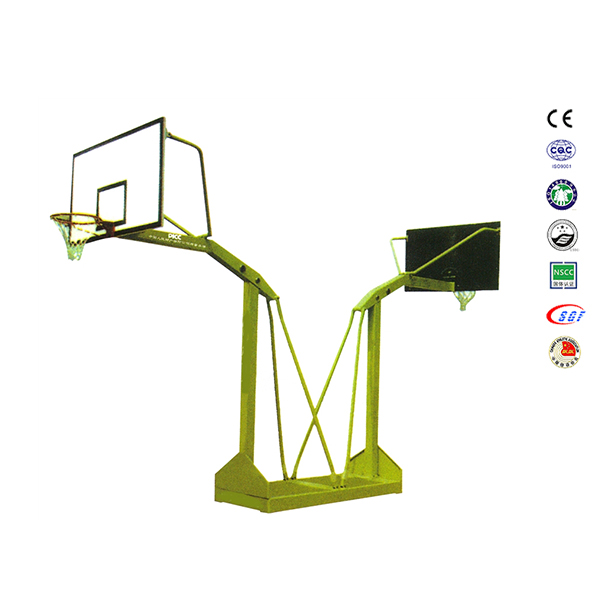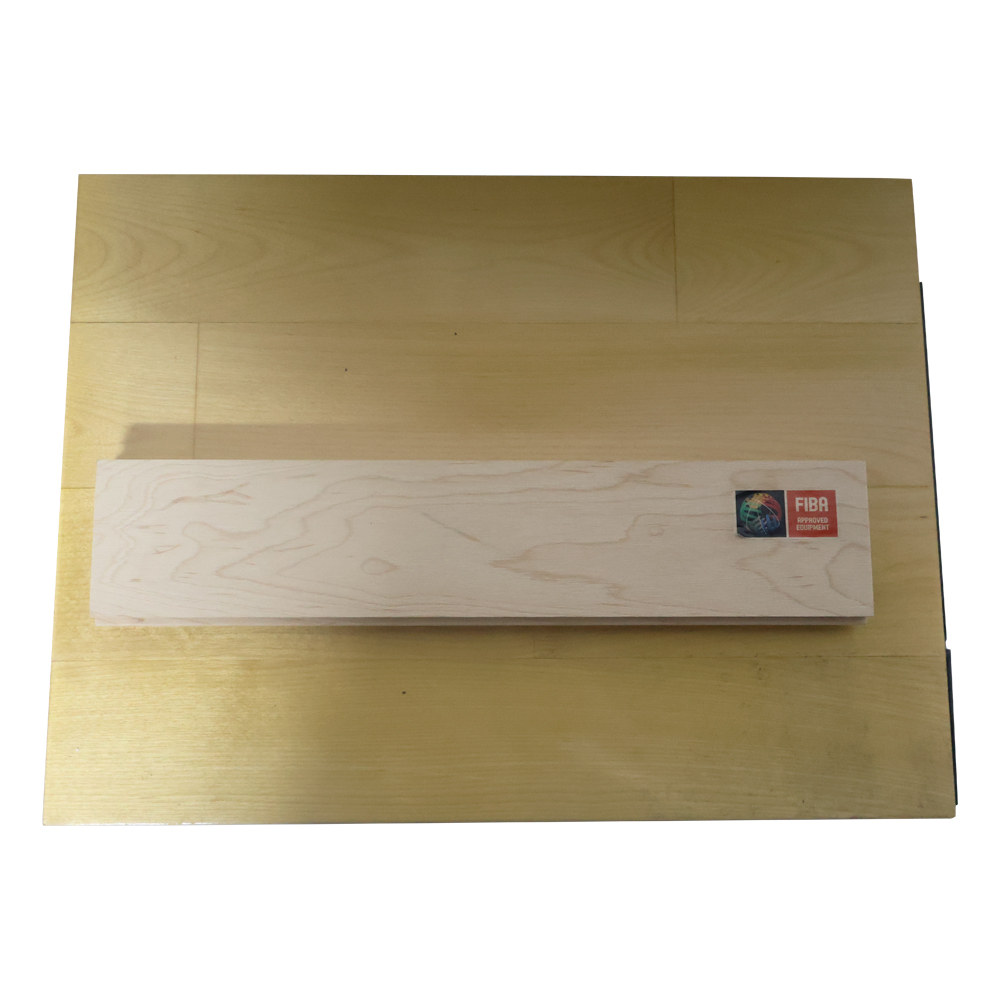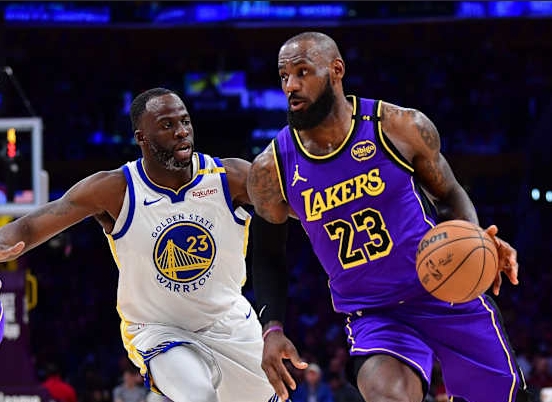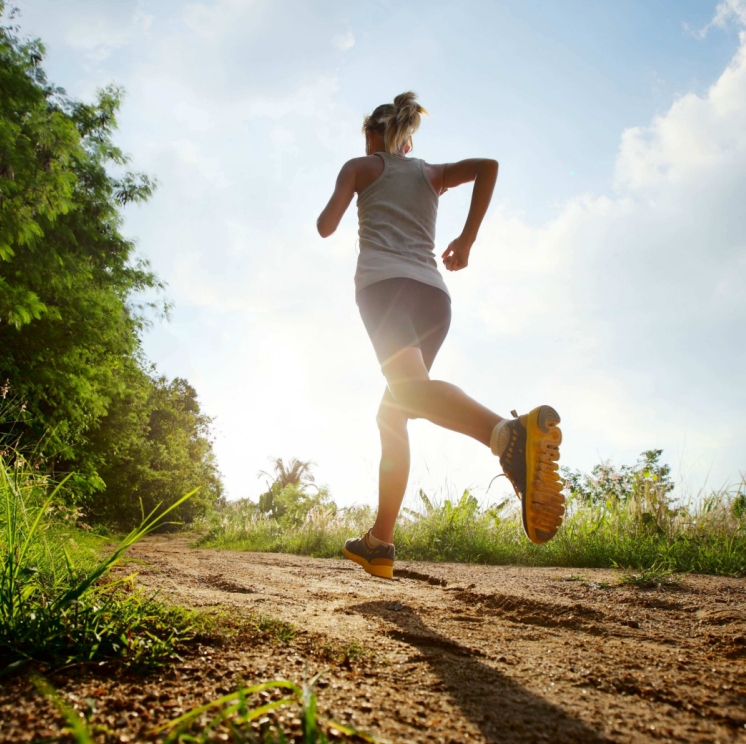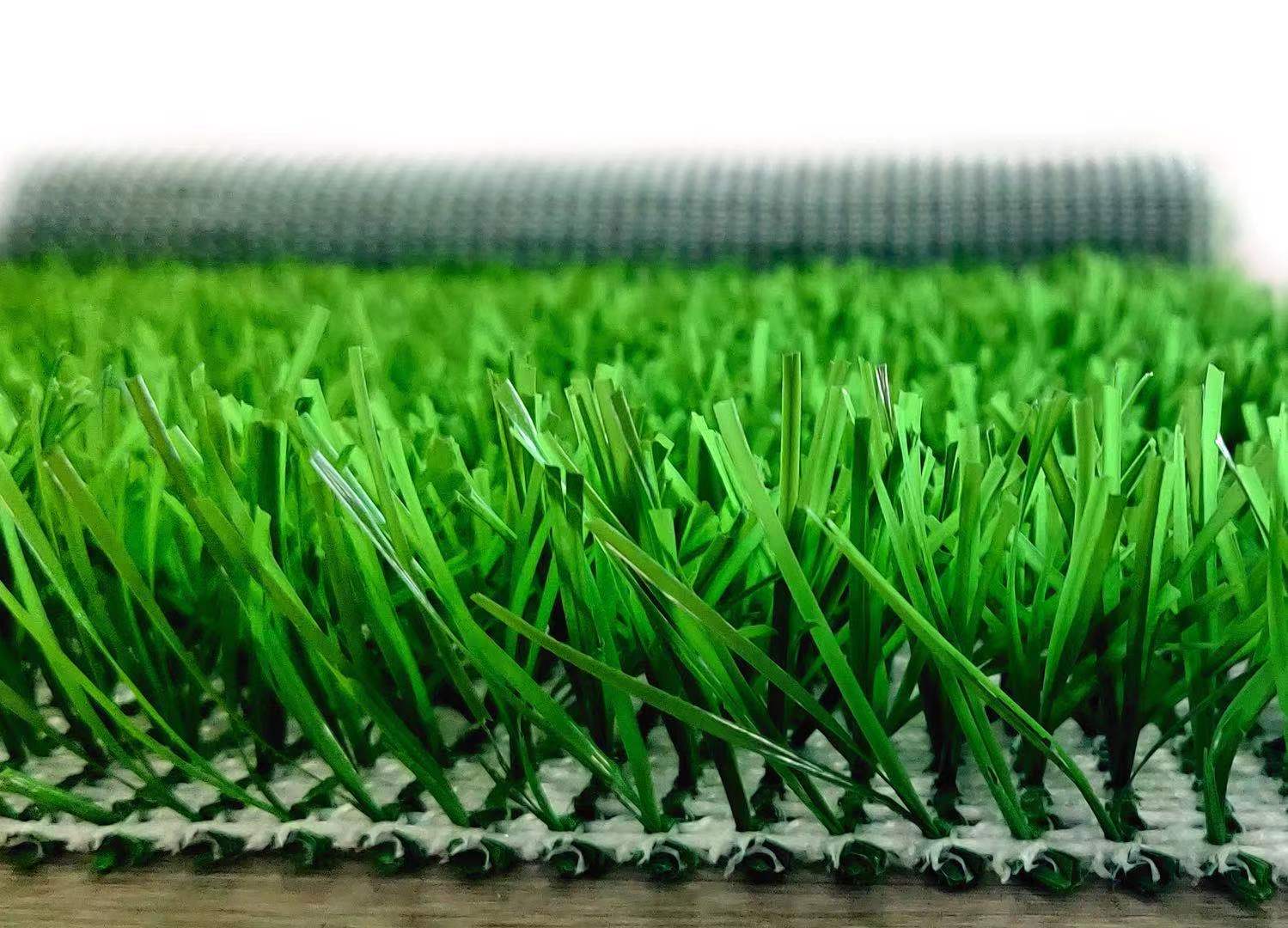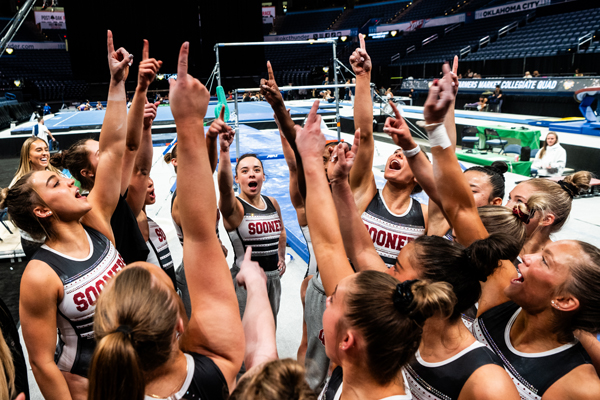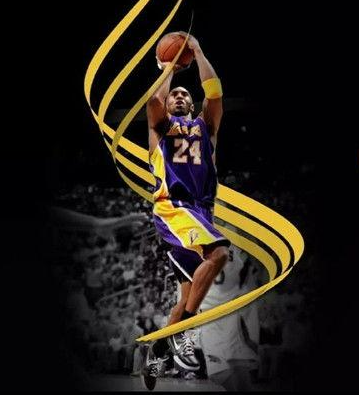Product
How to train basketball players
Basic Info
Starting from normal every day, only during training. First, warm up for 16 laps. That is physical training, followed by specialized training. For example, squats, barbells, and push ups, additional training should be done according to each individual's physical condition.
It takes about three hours to touch the ball. First, run back and touch the ball, then take a free throw.
I am a defender, with various cross dribbling skills. I play one against five and make three runs. quite a lot. A center forward or something like that is a basket eraser, both on the left and right.
Afterwards, it's time to run blue, layup with left and right hands, and fast break with three lines.
Then play tactics.
Last 5v5.
Before the end, take a free throw, do a push up if one doesn't score, until the next person who doesn't score comes to do it....
No place is different, but it's mostly similar. Anyway, it's very hard.
The training task of basketball players' physical fitness is to comprehensively develop their physical fitness and physique, and improve their specialized qualities related to basketball skills and tactics.
Basketball player physical fitness training is divided into general physical fitness training and specialized physical fitness training. The characteristics of basketball players require that their specialized physical fitness must be comprehensively developed. However, according to the requirements of the competition, offensive position, and characteristics, the development of athletes' specialized qualities should be emphasized. Relatively speaking, tall players on the inside require outstanding adversarial strength and high jumping ability, while perimeter players require good agility and quick reaction ability.
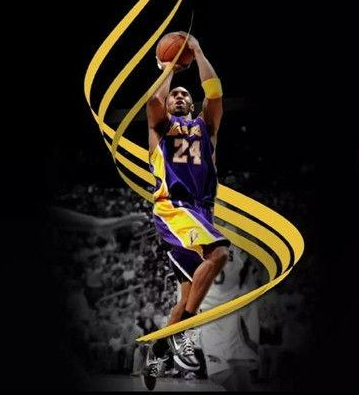
How to train basketball players
Basic technical learning:
Dribbling, passing and receiving, holding, breaking, shooting, and joint tacticsBasic training content:
(1. Physical training(2. Ball exercises
(3. Footstep movement
(4. Receiving and passing techniques
(5. Dribbling technique
(6. Shooting techniques
(7. Breakthrough technology
(8. Defensive techniques
(9. Preemptive technology
(10. Tactical exercises
(11. Auxiliary physical fitness
Specific training content:
1. Physical training
(1) Strength exercises
① Suitable weight small barbells, dumbbells, and solid ball exercises.② Various barbell weight-bearing exercises with absolute strength and explosive power as the main focus. (Barbell push, grab, clean and jerk; half load, squat)
③ Exercise strength based on one's own weight. (Push ups, finger lie ups, pull ups, sit ups, ingot tucks, etc.)
(2) Speed endurance exercises
① Long distance running (20-30 minutes, heart rate controlled at 150-180 beats per minute)② Mid to long distance medium speed and variable speed running (800m, 1500m, 3000m)
③ Off road running
④ Multiple high-intensity exercises combining Basketball techniques, tactics, and game situations (with a heart rate controlled between 180-220 beats per minute).
(3) Bounce practice
① Various weight-bearing jumping exercises② Practice frog jumping, multi-level jumping, deep jumping, continuous jumping up and down, continuous jumping on hurdles, jumping steps, skipping rope, and more.
(4) Speed practice
① Short distance full speed and interval running (30-100m)② Basic exercises for various types of running.
(5) Flexibility exercises
Flexibility gymnastics, confrontational gymnastics, cushion exercises, handstands, headstands, waist and hip stretching exercises, muscle stretching exercises.

Official Nba Hydraulic Basketball Hoop
2. Ball exercises
A. Splitting and intersecting the ball around the figure 8B. Split leg racket around figure 8
C. Swapping rackets with left and right hands behind the back
D. Kneeling and crossing the crotch to racket the ball
E. Kneeling and alternating hand rackets to pass the ball through the crotch
F. Raise both arms and pull down the ball
G. Throwing, clapping, and receiving the ball
H. High hand back rolling ball
I. Throwing and catching the ball back and forth
J. Raise your legs and wrap around the figure 8
3. Footstep movement
(1) Cross step: Cross the left and right feet back and forth, used for attacking, receiving, or defending.(2) Pulley step: A defensive move where the left or right foot drives the other foot to slide the floor Basic step training.
(3) Forward and Backward Steps: Sprint forward quickly, change the pace during midfield, and move forward backwards. Pay attention to the requirement that players must lift their hind feet to avoid falling backwards.
(4) Moving forward and backward: Defend by moving forward and backward between the low position and 45 degrees. You must approach and raise your hand. After three runs, press forward from the low position along the low line to the other side at 45 degrees, and then move forward along the bottom line of the three-point line.
(5) Step back defense: Take a step back and make a "Z" defensive move.
(6) Get rid of the forward responsive step: Use the "Z" shape to move forward and reach out to make a responsive action.
(7) Back turn step: Move forward in a zigzag pattern as a turn to reach for the ball and receive it.
(8) Cut off step: Pair up with two people, one person cuts in and the other person makes a "wall collision" contact defense,
This type of cutting involves using both hands to protect the chest and block the smooth movement and reception of the opponent.
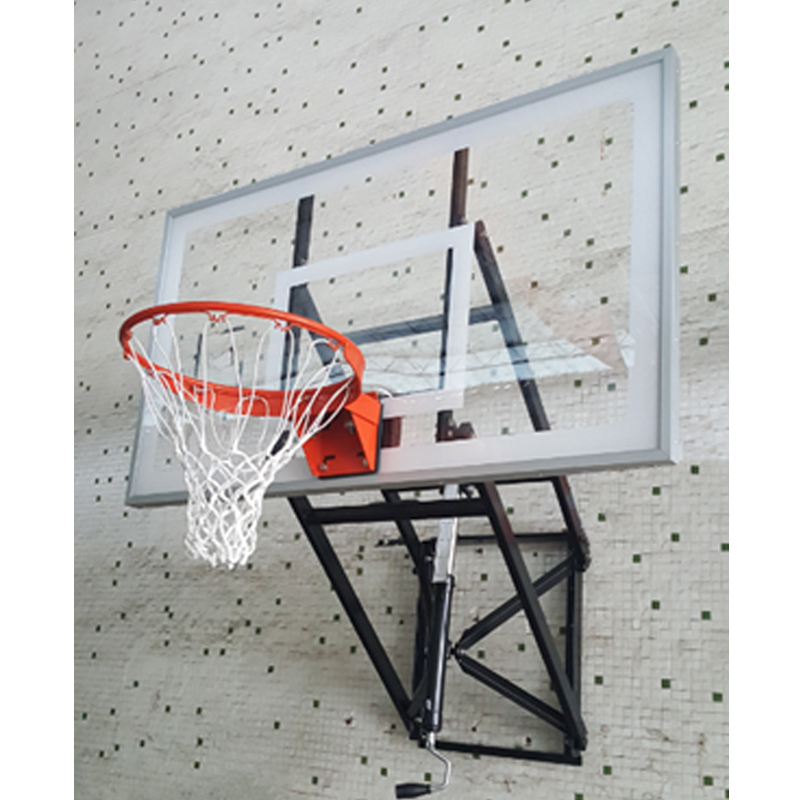
Best Wall Mounted Basketball Hoops for Sale
4. Passing, Receiving, and Holding Training
(1) Face to face 200 pairs of passes: 4 people work in groups to pass the ball to the chest, bounce the ball, and pass the ball.(2) Step down 8-shaped ball winding: Divide into two rows and wrap the ball from step down to the waist and head.
(3) Strong wind passing: Group of 4 players to receive the ball in a mobile manner at half or full court.
(4) Four corner pass: Divide into four groups to make four corner movement passes and receive the ball.
(5) Quad pass: Make a four cornered pass.
(6) Face to face passing and receiving: mainly using various types of passes.
(7) Backward, low handed, one handed pass during movement: pass in pairs during movement.
(8) Wall pass: Pass and receive the ball to the wall at a height of 120 centimeters.
(9) Playing board long pass: using both hands to pass the forecourt or one hand to pass the forecourt.
(10) Five point cut pass: Training players in cut pass tactics.
(11) Center receiving pass: 5 players pass two balls in an "M" shape to the center for coordination.
(12) Half court or full court non dribbling attack: must use passing and movement to receive the attack.
5. Dribbling training
(1) Dribbling with obstacles throughout the court.(2) Dribbling across the court, forward and backward, turning, backhand, and back dribbling.
(3) Step up in the air, make a quick stop and lean forward, and dribble the ball left and right in the air.
(4) Dribbling in a zigzag pattern throughout the game.
(5) Shake the ball with both hands.
(6) Dribbling across the ground.
(7) Dribble the ball in a straight 3-4 racket layup throughout the game.
6. Shooting training
(1) Targeted shooting(2) Two sets of diagonal contact shots
(3) Mobile shooting
(4) Bottom line cut and hook shot
(5) Back spin shot
(6) Triangle bottom line slalom shot
(7) Full court quick stop jump shot
(8) High position receiving turn around shot (home action combined with left and right cut shots)
(9) Triangle Slash Shooting
(10) Five o'clock shooting
(11) 2-3 people pass the ball and make a quick stop jump shot throughout the game
(12) Half court relay shooting
(13) Receiving jump shots or cuts before halftime
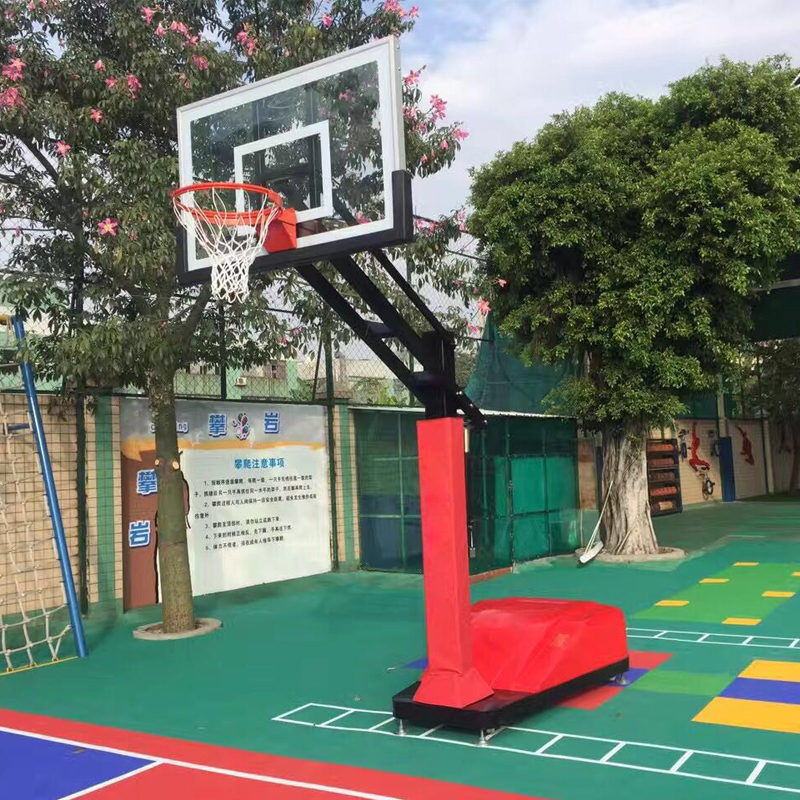
Movable Outdoor Basketball Stand
7. Layup training
(1) An 8-shaped pass and layup throughout the game.(2) Wheel style layup.
(3) 7 * 5 * 3 layups throughout the court.
(4) Three line layups.
(5) Full court long pass free throw line to receive layup.
(6) Pair up for layups.
(7) Three people in a group layup.
(8) Dribbling in a straight line for layups.
(9) Half court triangle layup
8. Defensive training
(1) 1 vs 1 backhand defense throughout the game.(2) Cut off the attack and defense diagonally at half court (coach holds the ball, one attack breaks everything).
(3) Training on one defense, two attacks and defense.
(4) Raise your hand to defend (perimeter), train in front defense (penalty area), and approach forward defense.
(5) Assist in defensive training on the first, second, and third lines.
(6) Trap traps for the entire field (1-2-2, 2-2-1, 1-1-2-1)
(7) Half court clip (1-2, 2-1 instant clip)
(8) Half court marking defense training.
(9) Full court man to man defense.
(10) Regional defense mobile training (coordinated with more to play less).
(11) Sandwich sandwich defense training (for center forward).
(12) Training on marking, offsetting, and exchanging defensive positions.
(13) Three passes and two defenders, four passes and three defenders in the penalty area.
(14) Full court attack and defense, coach passes the ball back and forth without direction.
(15) Coach's whistle commands mobile defense.
9. Cut and pass training
(1) Cut and pass training in formation.(2) Cut into the bottom line, hook and shoot, and clean the board.
(3) Take a front, 45 degree stride into the shot, and give the ball with a low hand.
(4) Aerial acceleration, combined with horseback shooting, and backspin shooting.
(5) Cut in, pick up, and release the basket.
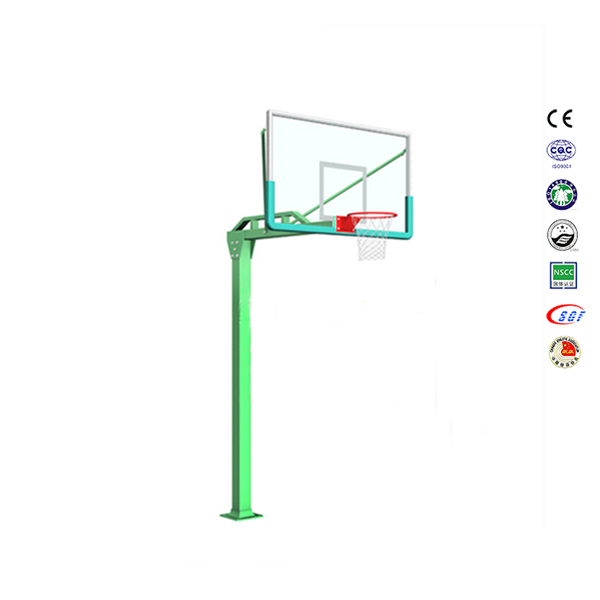
10. Auxiliary physical fitness
(1) Quickly run six meters back and forth four times (counting seconds, multiplayer race).(2) Full four dash sprint (completed within 32 seconds).
(3) Circle chase run.
(4) Lower your head and hang down your hands to run quickly.
(5) Run with legs raised.
(6) Swinging arm jump run.
(7) Jumping on one foot.
(8) Jump with both feet tucked in.
(9) Duck shaped walking (backward, forward).
(10) Continuous contact jumping and continuous wall jumping.
(11) Side span.
(12) Carry your teammates and leave.
(13) Carry your teammates on your back.
(14) Jumping and crossing.
(15) Shoulder lift teammates up and down (against the wall).
(16) Cattle plow the fields.
(17) Soft training: Bridge support, sitting with legs bent, sitting with legs in parallel, holding the toes with hands.
(18) Step up and down.
(19) Jump the stairs.
(20) Sprint on the slope.
11. Fast Attack Training
(1) Five to four, four to three, three to two, two to one throughout the game.(2) Five person fast attack route layout for back and forth attacks.
(3) Quickly advance cross breakthrough (45 degrees, bottom line, bottom line winding, top 45 degree connection)
(4) Playing long passes to receive layups (2 or 3 players).
12. Rebounding positioning training
(1) Half court 1VS1 to 5VS5 card training (with verbal guidance).(2) 3VS3 halftime slots (with verbal care and coach holding the ball).
(3) Post penalty block training.
(4) Outside shooting slots.
(5) Rebounding training: throwing and catching the ball

More basketball hoop equipment
More LDK basketball stand recommendations:For more LDK basketball stands, please click:
LDK sports equipment manufacturer's promotion is in progress: Click to contact us now






